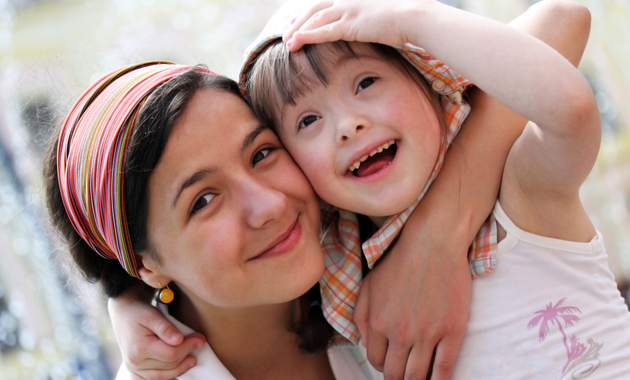
Down’s Syndrome is the most common genetic disorder affecting children worldwide. It affects 1 in every 1000 children born in India[1]. As March is observed as Down’s Syndrome Awareness Month and 21st March as World Down’s Syndrome Day, here is all about the condition you need to know.
What Is Down’s Syndrome?
It is a condition in which a child is born with an extra copy of chromosome 21. This extra chromosome affects the way the baby’s body and brain develop and leads to birth defects, learning problems, and abnormal facial features.
What Increases The Risk?
Maternal age. As a woman’s eggs age, there is a higher risk of the chromosomes dividing incorrectly.
Previous child with Down’s Syndrome. Parents who have one child with this syndrome must consult a doctor to assess the risk with the second child.
Carrier parents in few cases. The risk is about 3% if the father is the carrier, while the risk is around 12% if the mother is the carrier.
Many couples are postponing parenting until later in life, thus the incidence of this syndrome is expected to increase. Plan your counselling now. Consult NOW
What Are The Symptoms?
Symptoms can occur a bit differently in each child. Most children with Down’s Syndrome will have some, but not all, of the following features:
-Small ears that may fold over slightly at the top
-Small mouth that makes the tongue appear large
-Small nose with a flattened bridge
-Short neck
-Small hands with short fingers
-2 instead of 3 palm creases, including one across the palm and one around the base of the thumb
Down’s Syndrome can also result in:
-Heart defects
-Intestinal problems
-Vision and hearing problems
-Thyroid problems
-Blood conditions, such as leukemia, and risk for infections
-Learning problems
Down’s Syndrome can be detected during pregnancy. Prenatal screening can help you to plan newborn care appropriately. BOOK NOW.
Helping A Child With Down’s Syndrome
-Use visuals to help the child learn.
-Give the child an opportunity to mix with other children with or without Down Syndrome.
-Give instructions in simple sentences or in a few words.
-Encourage the child to be as independent as possible from an early age with things like feeding, brushing teeth and going to the toilet.
Is There A Cure?
There is no cure for Down’s Syndrome, but treatment is available. A child may need physical, occupational, and speech therapy to help with his or her development.
Know someone with Down’s Syndrome? Help them connect with an expert. Consult Now.
With help and support, lots of adults with this syndrome can lead an active and fairly independent life.
(The article is reviewed by Dr. Swati Mishra, Medical Editor)
Recommended Reads:
Down’s Syndrome: Causes, Symptoms, And Treatment
Medical Tests That Are A Must During Pregnancy
References:
1. World Down Syndrome Day. National Health Portal (NHP), India. https://www.nhp.gov.in/world-down-syndrome-day_pg